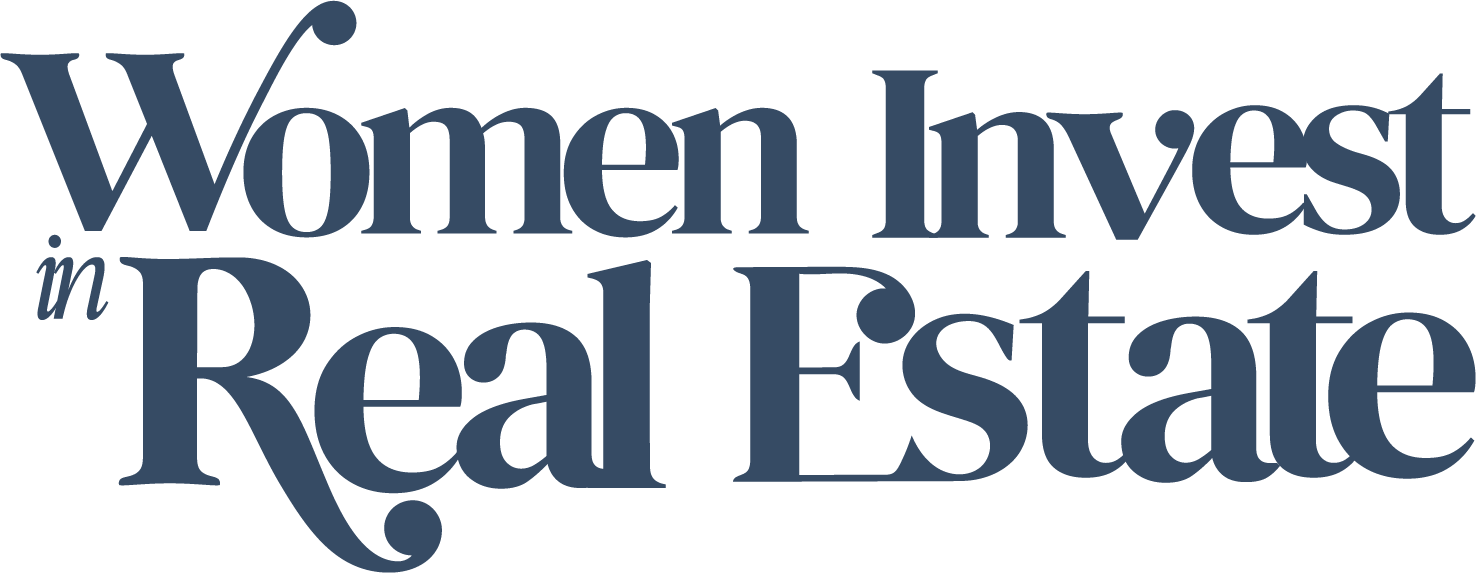How to Raise Private Capital
In the realm of real estate investing, traditional financing can be a bottleneck, but private money loans offer a streamlined and flexible alternative. By tapping into private lending sources, you can expedite the closing process, bolster your investment portfolio, and turn your real estate dreams into tangible successes. Here, we'll dive into the nuances of private lending and equip you with the skills to build your inner network and cultivate trust with potential investors. Let’s get started!
What are private lending sources?
Private money loans or simply private money, is a term used to describe a loan that is given to an individual or company by a private organization or individual. This increases your leverage, flexibility, and agility in real estate projects and allows you to close deals quicker and easier compared to traditional lending practices.
Private Lending Sources can include a HELOC, SDIRA, LOC/Business and Cash
Best Uses of Private Money - Fix & Flip, BRRRR, Furnishings and Short-term cash!
How can you build your inner network + get people to trust you?
Building your inner network and gaining people's trust are essential skills for personal and professional success, especially when it comes to real estate investing. Try these steps:
Identify potential investors within your circle
Create a rolodex of 50 people including friends, family, co-workers, neighbors, etc.
Cultivate relationships
Share what you do and what you are looking for!
Grab our Buy Box Freebie so others know exactly what you want.
Use social media: post on Instagram, Facebook, LinkedIn, TikTok, YouTube, etc.
Check in periodically
Emphasize shared interests and goals
Show how you can help investors’ wealth grow too!
You can build trust with potential private money lenders by creating a proof of concept:
Hold an open house for a recent fix & flip
Highlight successful real estate projects
Showcase your returns on investment
Share testimonials and success stories from previous investors
Hold an “Investor Opportunities” Webinar! Include things like your mission, recap your experience as an investor, present different ways to invest (equity, private lending, etc.) and how it works, answer questions, and invite attendees for one-on-one conversations.
You’ve got a potential private money investor, now what?
It’s important to take time to truly understand your potential investor. Consider discussing topics like:
Goals- ask them their timeline and risk involvement
Identify potential projects- Which of your projects align with their goals?
Lay out terms- include the timeline, risk, and involvement
Identify next steps- make it clear and easy for them to take action
If your investor is ready to move forward, you’ll want to start negotiating terms. When it comes to private money, here are some common terms and structures:
Timeline
Fix & Flips: 6-9 months
Holds: 1+ year
Interest Rate: 6-12%
Points: 1% of the loan
Security
Secured via mortgage
Promissory
Once you’ve agreed on terms with your investor, you’ll want to create a contract. Include a:
Promissory note, AKA an “I owe you,” that’s 1 page in length and spells out the terms
Mortgage details which secures the property and collateralizes the loan
Personal guarantee which is an individual’s legal promise
Make sure to take into account any legal and regulatory considerations! This might include an overview of securities laws and soliciting. We always recommend consulting with an attorney about these laws and have the lawyer prepare your documents.
In all, whether you're a seasoned investor or just starting, private lending offers a dynamic approach to real estate financing that can propel you towards your financial goals. So, seize the chance to raise private money and embark on an exciting journey of real estate success!
RESOURCES:
Connect with investors on WIIRE’s Instagram
Download WIIRE’s FREE + Editable Buy Box Graphic

